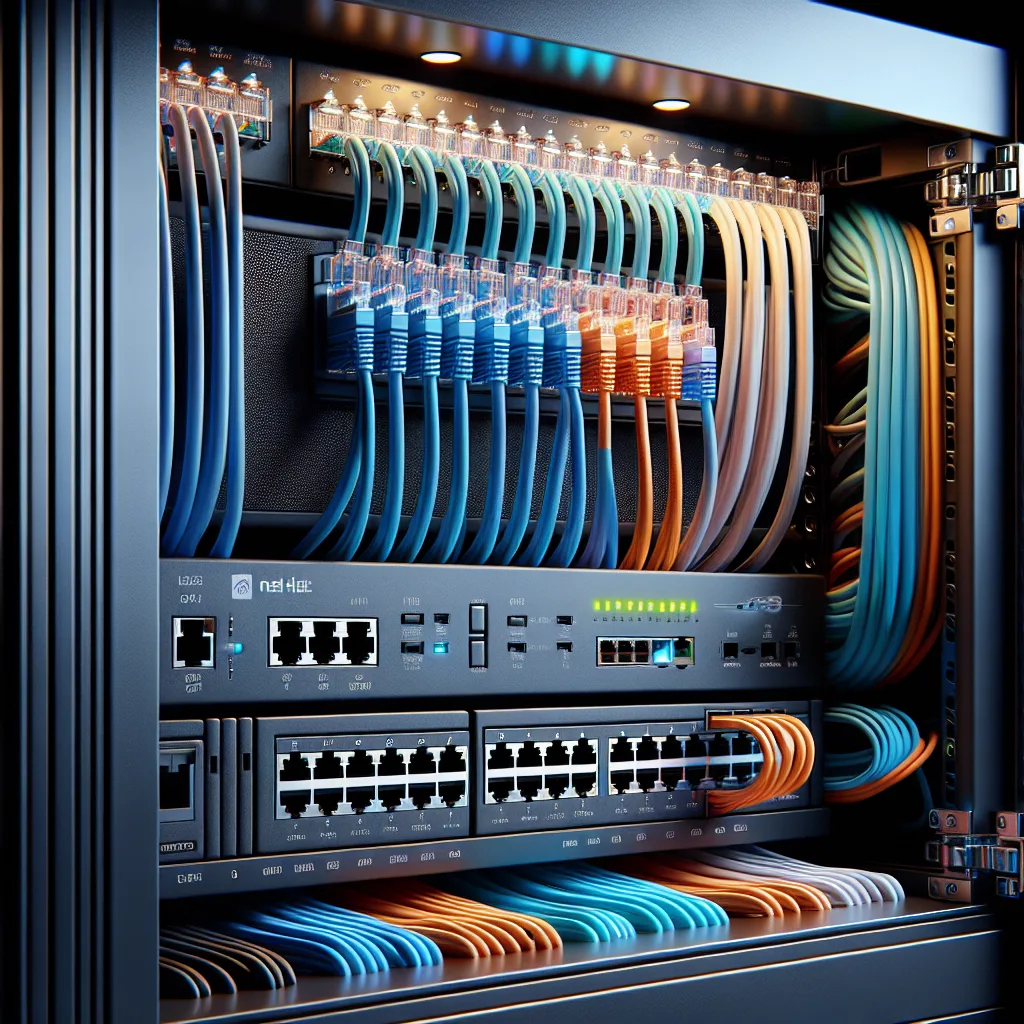A personal journey of transforming a messy home network cabinet into a clean, organized, and high-performance setup. Get inspired to tackle your own project.
It always starts with “I’ll get to it later.”
For me, “it” was the network cabinet in my office. It was a classic case of organized chaos that slowly devolved into just… chaos. It worked, mostly, but I tried not to look at it. You know the look: a web of cables, multiple power bricks, and a collection of devices stacked on top of each other.
The real push came when I upgraded my internet. I went from a respectable 1Gbps to a wild 5Gbps connection. Suddenly, the tangled mess of hardware didn’t just look bad; it felt like a bottleneck. My network was spread across four different switches—a mix of 1GbE, 2.5GbE with Power over Ethernet (PoE), 10GbE with PoE, and even an unmanaged 10GbE switch. It was a patchwork system that had grown over time, and it was holding back my shiny new internet speeds.
Something had to change.
The First Big Step: Consolidation
My initial plan was to simplify. I sold all four of my existing switches. It felt good to clear out the clutter. I replaced them with a single, powerful managed switch that could handle everything I needed: high speeds, plenty of ports, and PoE for my devices.
I also had a patch panel, which is supposed to be the key to organization. I dutifully routed all my connections through it. And yet, when I stepped back, it was still a mess. I had replaced a multi-device mess with a single-device mess. The problem wasn’t just the hardware; it was the cabling. I had a severe case of “cable spaghetti,” with wires that were way too long, crisscrossing in a tangled bird’s nest.
It was better, but it wasn’t right.
The Real Fix: Getting the Details Right
The midpoint cleanup taught me an important lesson: a good foundation is everything. The real transformation happened when I decided to redo my home’s network wiring from the ground up.
This was the big one. I ran 24 new CAT6A ethernet cables throughout the house, giving me a fast, reliable connection in every room I needed one. Every single run terminated neatly at the back of my patch panel.
With a solid infrastructure in place, I could finally focus on the details that make all the difference.
- Clean Patch Cables: I invested in a set of short, slim-run patch cables. Instead of using a three-foot cable where I only needed six inches, I got cables that were the perfect length. This alone made a huge impact.
- Cable Management: I used the patch panel as intended, creating clean, direct lines from the panel down to the switch. No more crossing over, no more excess loops.
- Finishing Touches: I even added some simple rubber grommets to the pass-through holes in the cabinet. It’s a tiny thing, but it keeps the dust out and makes the whole setup look more professional.
Was It Worth It?
Absolutely.
Stepping back and looking at the final result is incredibly satisfying. It’s not just about aesthetics, though it does look great. It’s about building a system that is reliable, easy to manage, and capable of handling anything I throw at it.
If I need to trace a connection or troubleshoot an issue, I can do it in seconds. I know that every part of my network, from the wall jack to the switch, is solid. And I’m finally getting the full performance of that 5Gbps internet connection I’m paying for.
So if you have a tech cabinet that’s slowly descending into chaos, maybe it’s time for a cleanup. It might start with a simple hardware upgrade, but don’t forget the details. Sometimes, the most satisfying projects are the ones that bring a little bit of order to the chaos.
